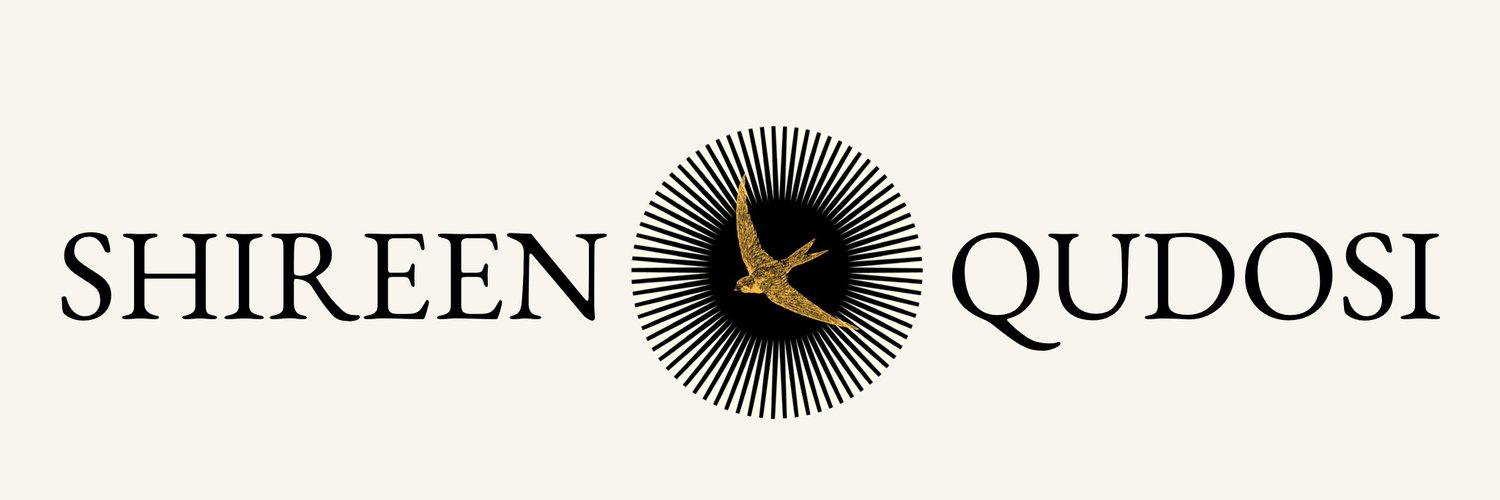THe Cavity of silence
Artist: Kimio Muraoka
Shamans, spiritual guides between worlds, believe that the underworld(1) is a source of subconscious primordial creation. An experience with these healers often includes the rapid cry of a rattle, which helps the shaman retreat into the underworld to receive insight that is beyond the reach of the rational mind. For the individual influenced by linear thought and tangible solutions that come from the rattle of a pill bottle or coin purse, these esoteric means are beyond the pale.
The idea of delving deep for home and sanctuary began as far back as the Paleolithic age and continued through the evolution of belief and advent of modern religion. From Judaism’s Kabbalah to Islam’s Sufism, there is resounding belief in ‘as above so below,’ the idea that two planes of existence mirror and manifest onto each other. Those planes often merged quite literally in Europe where complex underground Jesuit caves(2) with Egyptian, Islamic, Buddhist, Christian and pagan art were discovered — one of many worldwide findings of life below the surface. In some cases, secret caves and tunnels of extended civilizations were created that allowed more protection and manifestation of ideas that were not yet mainstreamed, or ready to be mainstreamed. These places were often sanctuaries against persecution.
Elsewhere in history, descent into the world below was seen as persecution. Greek mythology tells of Persephone, a young woman in a sacred marriage to Hades, pulled into an underworld also called Hades. A traditional reading of the story focuses on the narrative through the eyes of her mother, Demeter, who was angry at having her daughter forcibly taken.
Persephone was a ‘nymph’, a Greek word meaning ‘bride’, but also carrying a connotation of a sexually attractive woman often living in wild and untamed spaces. The story invites exploration into what it means to go between worlds as a bride in a sacred pairing of above and below. Fifth century B.C. archeological discoveries of Persephone’s shrine shows evidence of ritual activity by young brides whose experiences were shaped by folklore and myths around nymphs. The rituals took place in a cave, often seen as representing an entrance into the underworld.(3)
The cave, a geological cavity, is allegorical code for going inward. The underworld is a state of creation and dreams, the weaving together of things, of attachment and detachment. It is the antithesis of the iron-forged ideas and identities of the physical realm. Turning inwards allows us to move beyond constraints and explore abstract identities. The immovable monolithic identity created in the physical plane, is actively deconstructed by submerging into the spiritual plane. It is perhaps for that reason — to retain control, dominance, and hierarchy between people — that the underworld has frequently been characterized as ‘evil’ and a place void of life. Europe’s Middle Ages, often referred to as the Dark Ages, saw these themes reinforced in literature and art. Dante’s Inferno, for example, offers dramatic interpretation of layers of life. A 14th-century Italian poet, Dante Alighieri’s grim imagery of the nine layers of hell, reinforced in iconic works of art, imprinted the underworld in negative connotations for centuries to follow.
Immersion into the underworld is a powerful freedom from the influence of life above surface. It is freedom from the bondage of the upper world where the space around us is marked, leaving no room for deeper exploration. Freedom to explore a world without limitation and censorship, without being told what we’re looking at or how to understand it, has been critical for every man and woman who walked the earth from time immemorial. It was a defining experience for Buddha, Jesus, and Muhammad among others. It is where we find home. Each of these men (and the many women whose stories were never recorded) rose as exceptional figures in human history, able to lead their parcel of humanity closer to a universal home.
Immersion begins with silence. For monks, silence is entrance to the metaphorical cave. Monastic traditions refer to the practice of silence as the Great Silence(4), a vow of stillness creating a space free from distraction(5) and influence, believed to bring the practitioner closer to a true self.
For many, the cave is a slow descent that unravels certainty about the world as we have come to know it. As we go under, we begin to withdraw from the outer world and go within. The internal experience is far more unsettling than some phantasmic projection of the netherworld. Going within brings us face to face with manufactured illusions. Through exposure, often facilitated through a shaman, or another spiritual guide, we have a more truthful understanding of who we are, what we were, and what can still be.
Ushered by forms of silence, descent into the underworld cuts the fantasy that tethers us to world outside. The outer world that determines what is ‘normal’ is created by the same systems that have taught us to see the underworld as dark and fearful, systems that have pushed humanity further away from a true homecoming.
ENDNOTES
1. “The Underworld”, David G. Nez, https://treeofvisions.wordpress.com/2015/04/02/the-underworld
2. Why Are There Underground Jesuit Caves in Europe Filled with Egyptian and Islamic Art?
MessyNessy — http://www.messynessychic.com/2016/12/22/why-are-there-underground-jesuit-caves-filled-with-egyptian-and-islamic-art
3. MacLachlan, B. (n.d.). Kore as Nymph, not Daughter: Persephone in a Locrian Cave[Scholarly project]. In The Stoa Consortium. Retrieved June 1, 2018, from http://www.stoa.org/diotima/essays/fc04/MacLachlan.html
4. Leading Like a Monk: How Do Monks Communicate?
Greg Richardson — http://www.patheos.com/blogs/strategicmonk/2017/06/15/leading-like-monk-monks-communicate
5. Township, M. (2016, December 24). The Power and Meaning of Silence. Retrieved June 1, 2018, from https://www.economist.com/christmas-specials/2016/12/24/the-power-and-meaning-of-silence

